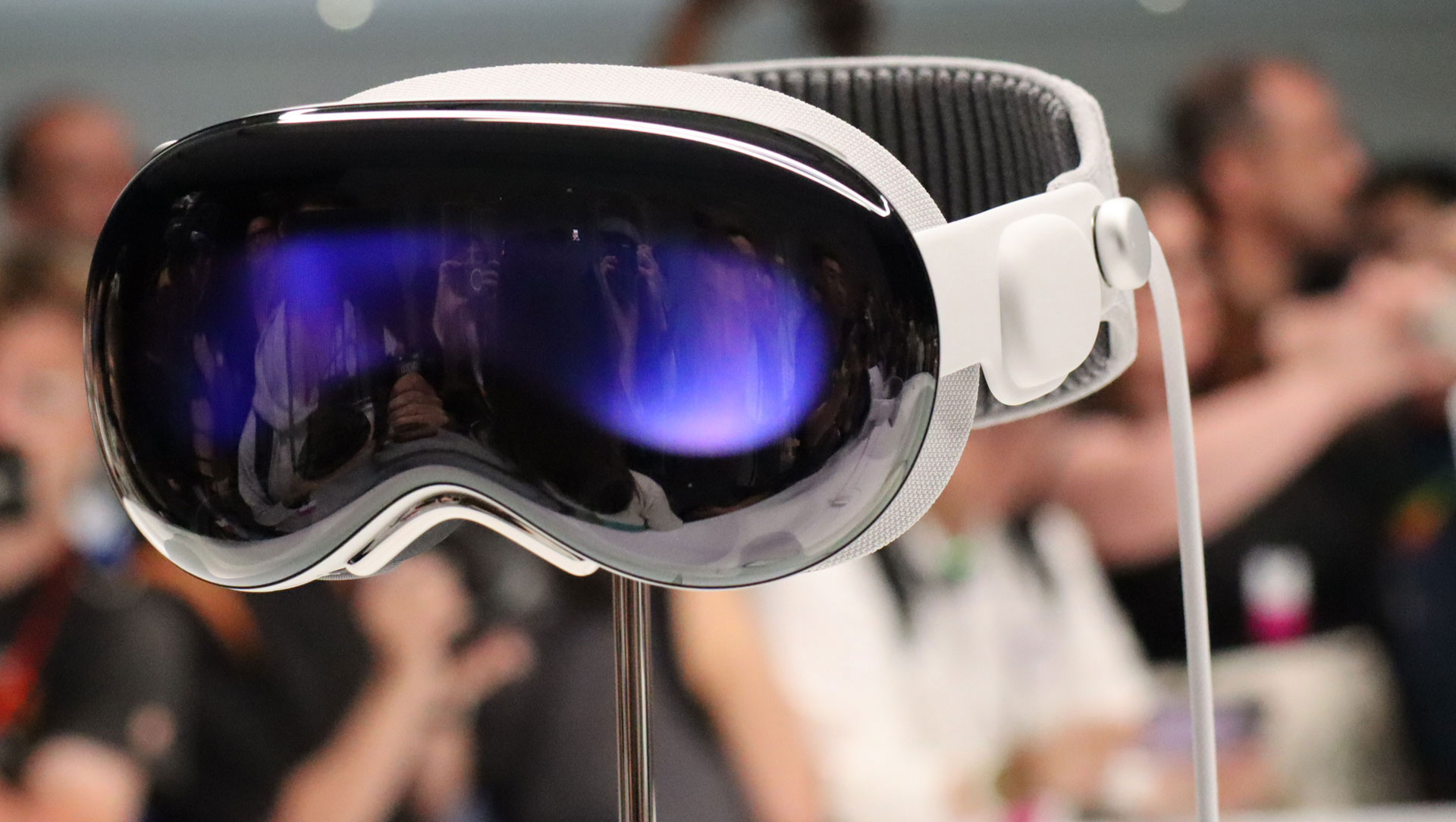The Apple Vision Pro is the latest shiny Apple product to have captured the world’s attention, but despite some phenomenal features and abilities, it clearly has some notable drawbacks. Now, one reliable tipster has claimed that Apple staff who worked on the headset suspect it won’t achieve its “ideal form” until a fourth-generation model.
That suggestion comes from Bloomberg reporter Mark Gurman, who has a strong reputation when it comes to Apple leaks and analysis. In his latest Power On newsletter, Gurman cites “people in the Vision Products Group” at Apple as saying they feel we could have to wait another three generations before the Vision Pro really hits its stride.
Gurman compares this to the iPhone, iPad and Apple Watch, all of which had to go through several revisions before they really took off. A similar progression would be understandable for the Vision Pro – after all, Apple has never attempted a headset like it before, and the industry as a whole is still finding its feet.
What it does mean, though, is that you certainly shouldn’t go into buying a Vision Pro expecting it to be perfect. There’s clearly some way to go before it can iron out its quirks and, if Gurman is right about his sources, even Apple seems to be acknowledging that (internally at least).
Hitting its stride

Gurman’s analysis lines up with what we noted in our Apple Vision Pro review. To us, it became apparent that the device wasn’t quite as refined as it could be. There was some “V1 bugginess” that you’d expect in a first-generation product, while it really seemed that Apple hadn’t truly nailed down the weight distribution of its rather heavy headset.
Those are the kinds of drawbacks that will (hopefully) be ironed out in later editions. There’s also the issue of the sky-high price – another thing that should drop over time.
Right now, we know that Apple is working on a second-generation Vision Pro, as well as a cheaper version with a few features stripped out to bring the price down. Those Vision Pro 2 rumors suggest that the headset isn’t on an annual upgrade cycle like other Apple products – instead, that second-gen version isn’t expected until late 2025 or early 2026.
This means it could be several years before that mooted fourth-generation model makes ‘spatial computing’ (as Apple likes to call it) truly mainstream. While those models should get us closer to the “ideal form” that Gurman was talking about, they might not get us all the way there.
With a product as new as the Vision Pro, it seems clear that patience is going to be important. It’s already far ahead of anything Apple’s rivals can muster. But for most of us, it’s now a case of playing the waiting game for it to truly mature and achieve its undoubted potential.




